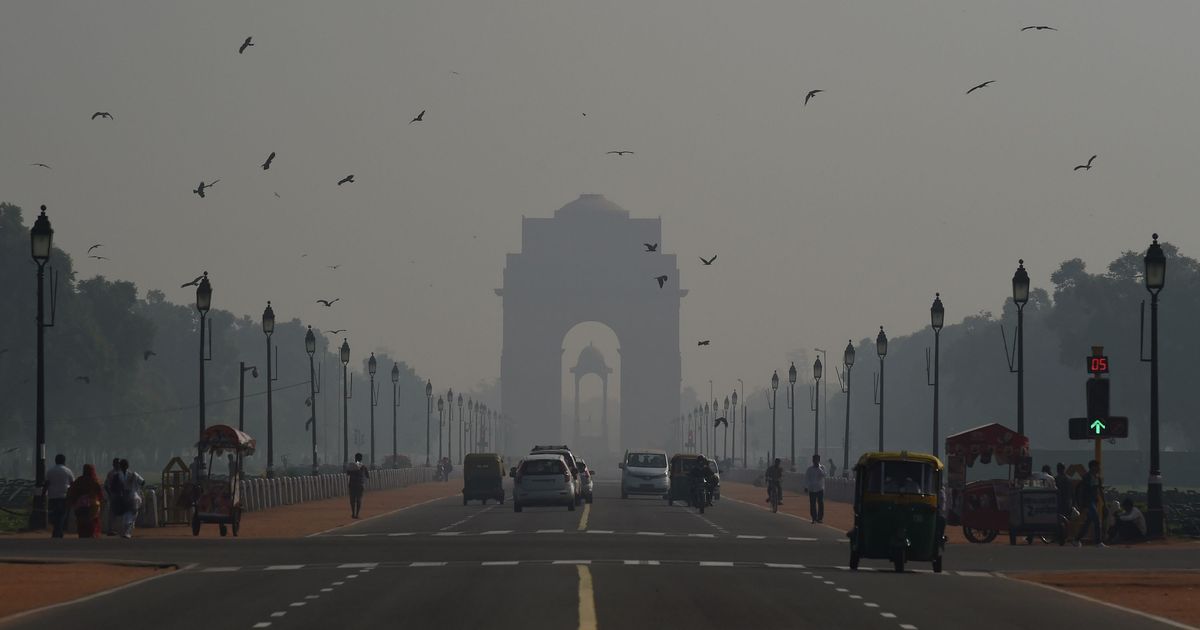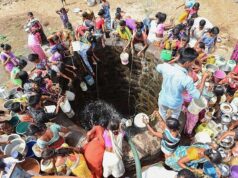This article is a part of CCS’ winter series: Pollution Ke Solutions – liberal solutions to combat air pollution in north India.
With winter setting in, a thick blanket of smog is engulfing the national capital again. Simultaneously, Covid-19 cases in the city are rising, and more people are being hospitalised daily. How are these two problems linked, and what do they have in store for Delhi?
For a brief period, the Air Quality Index (AQI) of Delhi improved dramatically and pollution dropped to a 20-year low when the lockdown started. But this didn’t last for too long. Since early September, the AQI has risen to 400; 8 times the safe level. And with the rising pollution, rose the COVID-19 cases; a direct correlation as explained by medical experts in the city.
Several studies around the world have linked air pollution to higher Covid-19 case numbers and deaths. This is because both these target the respiratory system. A Harvard University study shows that an increase of only one microgram per cubic metre in PM 2.5 (the dangerous particles suspended in the air that have diameters of less than 2.5 micrometres) can be associated with an 8% increase in the Covid-19 death rate. The study also suggested that someone who lives for decades in a county with high levels of fine particulate pollution is 8% more likely to die from COVID-19 than someone who lives in a region that has just one unit (one microgram per cubic meter) less of such pollution. This puts the citizens of Delhi (and other long-polluted north Indian cities) at more risk.
Everyone breathes the same air, so does air pollution impact the rich and the poor alike? This is hardly true. A comparison can not be made between a rickshaw puller who sleeps on the road and a businessman who lives in a house with 3 air-purifiers. As for Covid-19: it can spread faster in poorer localities where people lived in cramped conditions.
With Delhi being the heart of our country, both the state and the central government have tried implementing policies in the past and the present to tackle this issue. Odd-Even, a yearly policy implemented in the city has been a go-to. But as per Central Pollution Control Board (CPCB), the contribution of cars to pollution is only around 3%. The Supreme Court said last year that the odd-even vehicle rotation scheme of the Delhi government was a “half-baked solution” to the severe pollution level as it was not effective in reducing pollution.
A study done by The Energy and Resources Institute (TERI) in 2018 said that during summers, dust and construction activities contribute to almost 38- 42% of the overall particulate matter in the air. Since the last three years, construction activities have been banned in Delhi, but only during peak pollution season. If construction dust is a year-round problem, banning it for a couple of weeks during the peak season is not going to help. None of the anti-pollution policies implemented by the governments so far have been effective, because they are all reactive, and not preventative, solutions. Therefore, we need long term solutions; not just because COVID-19 is making things worse, but because the air pollution in Delhi has already been unbearable for quite a while now.
History bears witness to the fact that economic incentives are usually effective tools in policymaking.
Stubble burning is one of the major causes of air pollution in Delhi. Despite a Supreme Court order against stubble burning, farmers are continuing with the practice. They say they are aware of the consequences but do not have other viable options as the cost of using machines to dispose stubble is too high.
Following the Supreme Court order last year, the Punjab government had decided to pay ₹2,500 per acre to all small and marginal farmers who did not burn their stubble. Farmers had said that this incentive could help them cover the cost of fuel used in operating machinery for in-situ management of stubble. This is yet to kick off.
Similarly, construction companies adopting a greener approach can be provided with economic incentives like carbon tax rebates, reduced permit fees etc. The significance of self-interest in incentivizing companies to reduce their carbon prints is truly underestimated.
A government report has predicted that Delhi is likely to report 15,000 Covid-19 cases per day in winter months, and pollution will increase the likelihood of these cases becoming severe. This is an alarming situation and the urgency of combating air pollution is at its peak. A long-term problem requires a long-term solution. The government’s policies for combating air pollution have clearly not worked over the last few years. Economic incentives for farmers and construction businesses could go a long way in reducing air pollution. It’s time to let markets come up with solutions.
Last year, we released An Alternative 7-Point-Agenda for Combating Delhi Air Pollution. Read now!
Post Disclaimer
The opinions expressed in this essay are those of the authors. They do not purport to reflect the opinions or views of CCS.






